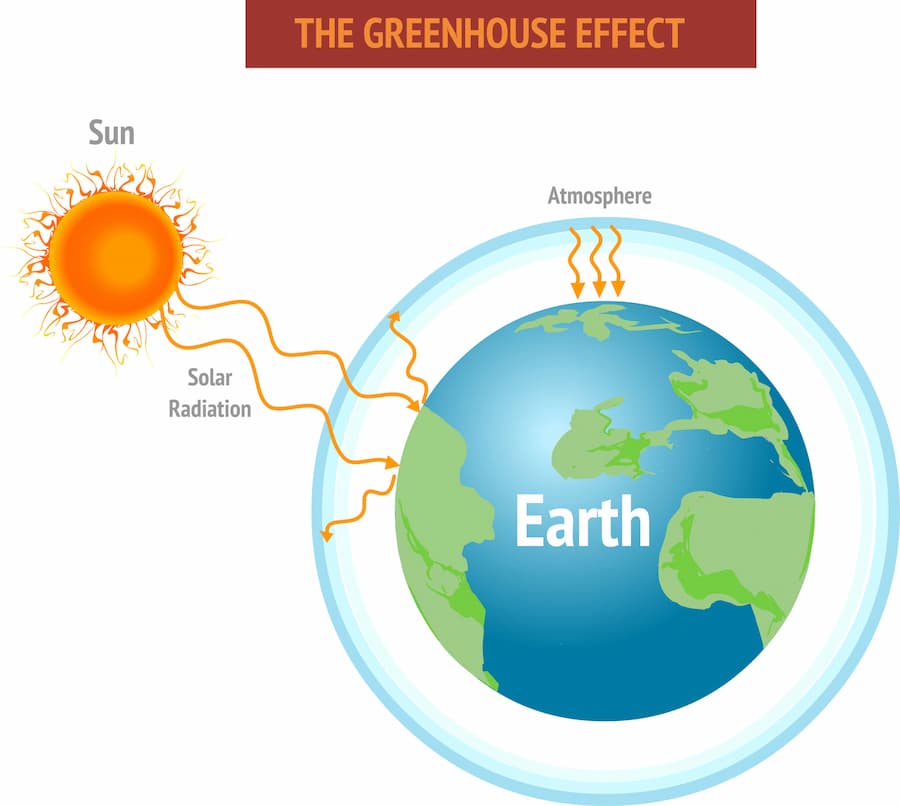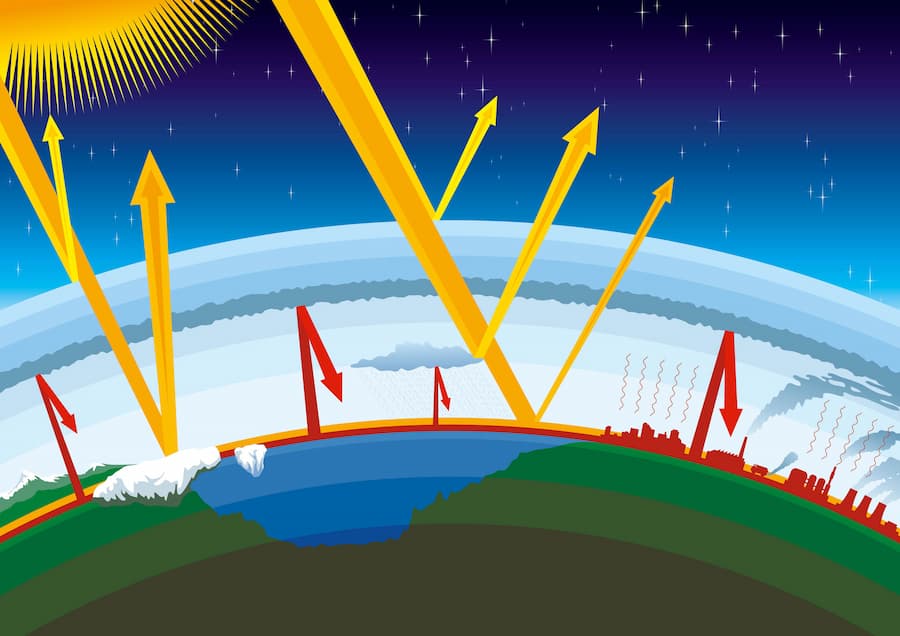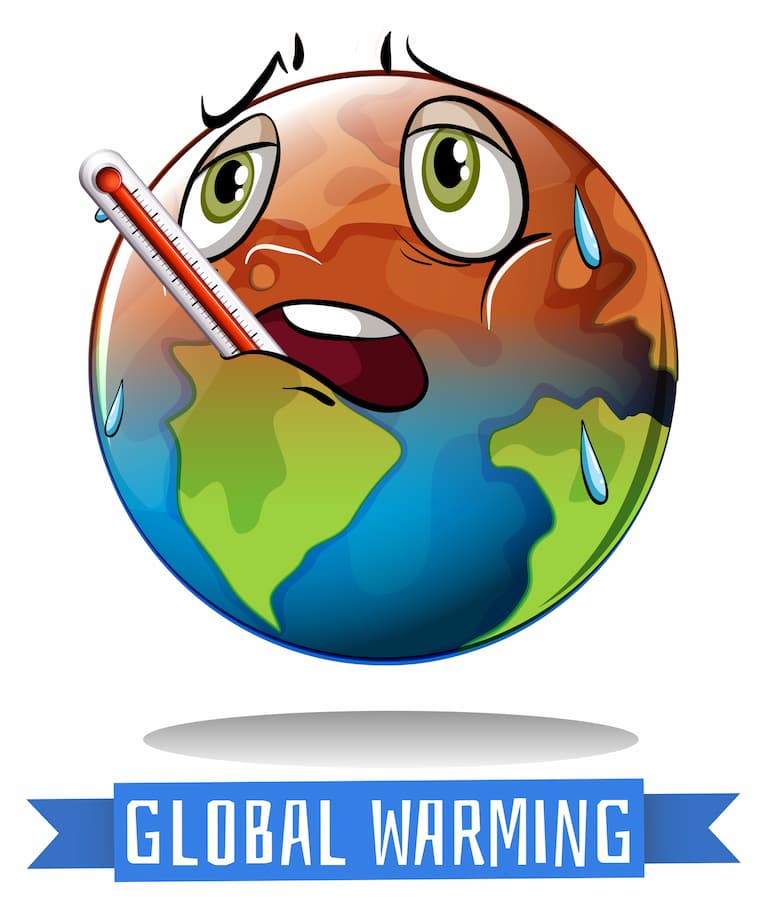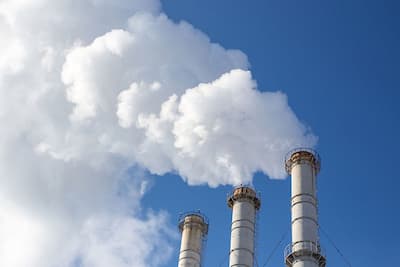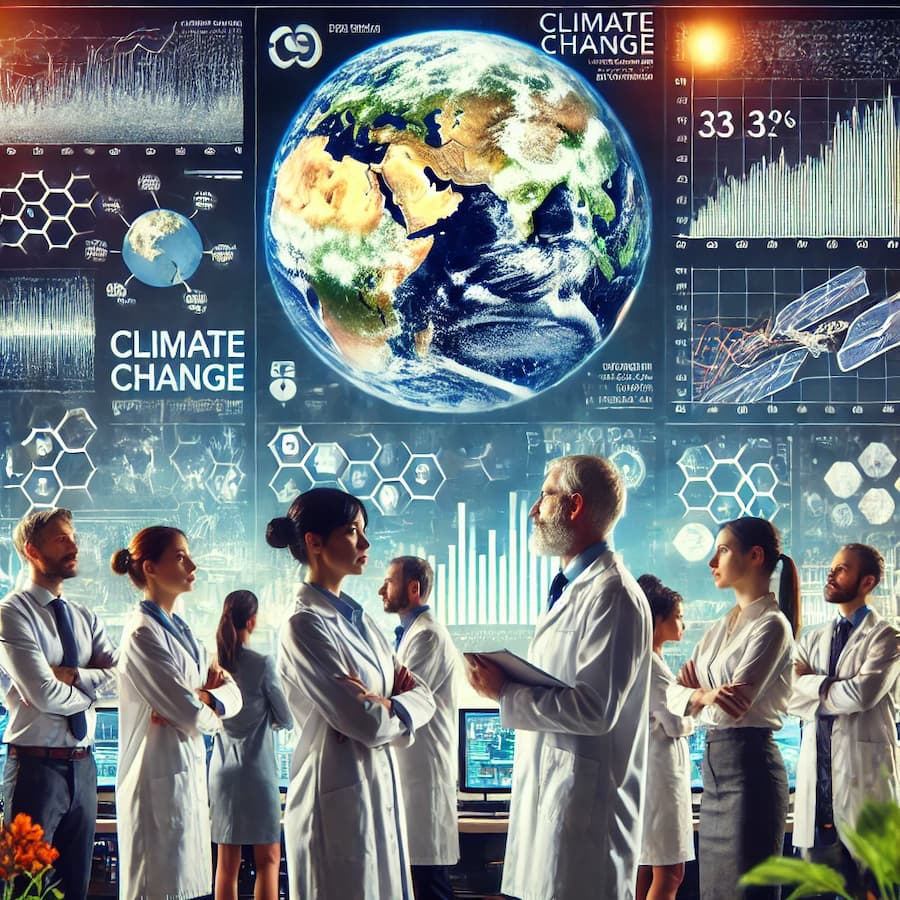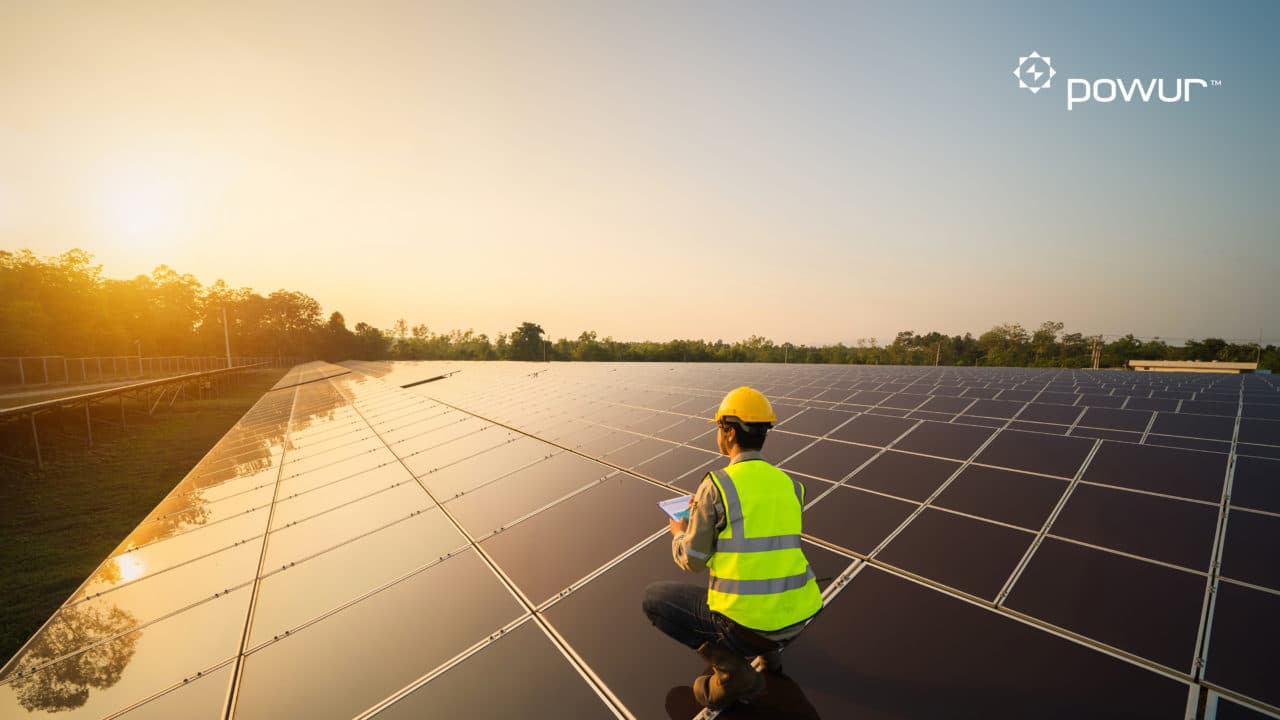The Greenhouse Effect: The Catalyst Behind Climate Change
What is the greenhouse effect?
To explain this phenomenon, we need to compare it to a greenhouse.
A greenhouse is a structure where plants are grown.
In these structures, you could grow plants more quickly because of their glass or plastic walls, which trap heat from the sun.
Similarly, the greenhouse gases in the atmosphere trap heat caused by the sun's radiation.
The greenhouse effect has been well understood for more than a century. As a matter of fact, in 1859, British physicist John Tyndall made laboratory experiments that showed that carbon dioxide absorbs heat, thus warming the Earth's surface like a blanket (Source).
The leading gases that trap this heat are known as greenhouse gases. You may have already heard about some of them, particularly carbon dioxide.

Other Greenhouse Gases
The other greenhouse gases include:
- Chlorofluorocarbons
- Hydrochlorofluorocarbons
- Hydrofluorocarbons
- Methane
- Nitrous Oxide
- Ozone
- Perfluorocarbons
- Sulfur Hexafluoride
- Water Vapour
Carbon Dioxide: The Main Greenhouse Gas
The reason for which you probably heard of carbon dioxide is that it is the most crucial one.
Why? The amounts of carbon dioxide have drastically increased in the last two hundred years due to industrialization and are the leading cause of global warming.
To reduce our environmental impact, we must decrease our carbon footprint.
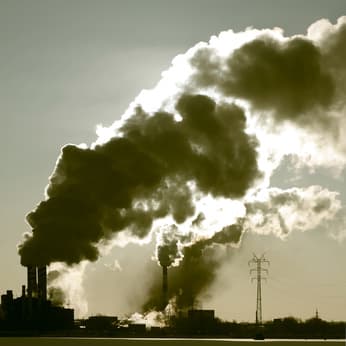
Isn't Carbon Dioxide Natural?
Now you may believe that the greenhouse effect is a bad thing.
However, it is not. Instead, it is essential for life here on Earth and exists naturally. In effect, if all the heat of the sun were sent back into space, there would be no life on Earth (or at least very little).
The problem arises when there is a substantial increase of greenhouse gases in a brief period.
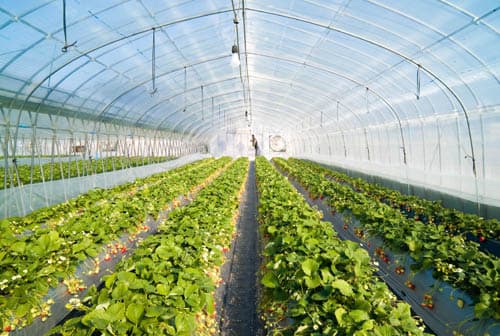
Natural Fluctuations
Over thousands of years, the amount of carbon dioxide increases and decreases. Life on Earth could quickly adapt to this natural fluctuation.
Moreover, the level of carbon dioxide changes from season to season.
During summer and spring, plants take in carbon dioxide and release oxygen through photosynthesis.
In retrospect, when winter arrives, plants release their carbon dioxide back into the atmosphere.
So as you can see, it is typical for concentrations of carbon dioxide to change over time but only to a certain extent.
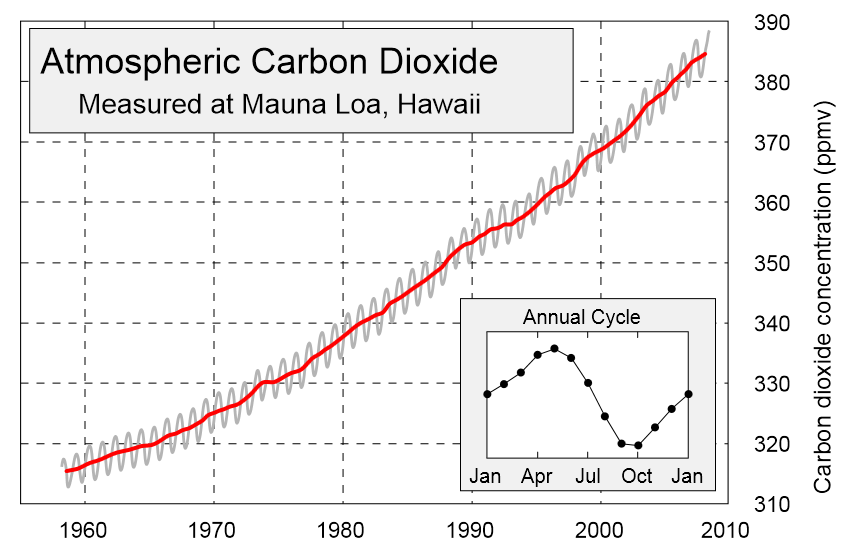
Very Rapid Increase
So what is a very short period of time? Well, when considering the carbon dioxide levels over the last 800,000 years, they have never exceeded 300 ppm (parts per million) (Source).
In the last 200 years, they went from about 280 to 413 ppm; that is an incredibly fast increase, especially in geological terms (Source).
With the rate it has been increasing over the last 200 years, organisms could not adapt. Many are on the brink of extinction or have already gone extinct.
In fact, ocean acidification is occurring due to the increased amounts of carbon dioxide in our oceans, which will, in turn, fundamentally affect all marine life by endangering species at the bottom of the ocean food chain.
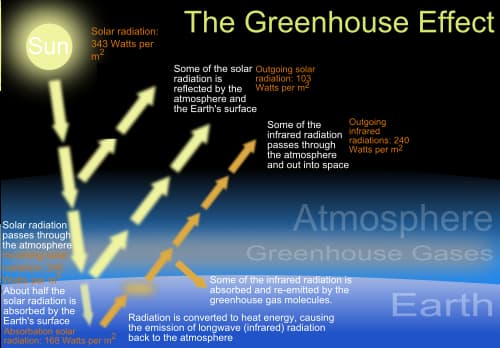
Other Greenhouse Gases
It should also be noted that the other greenhouse gases play a role even though it is smaller. However, in the near future, they could accelerate the effects of climate change.
A great example would be the methane trapped in the permafrost in the Northern Hemisphere, particularly in Canada and Russia.
Feedback Mechanism of Permafrost
With global warming, this permafrost will melt, and massive amounts of methane will be released, causing even more increases in temperatures.
This, in turn, will cause more methane to melt and this creates a terrible snowball effect.
This snowball effect is one of many that will take place.
For more information, see the feedback mechanism.
Other Snowball Effects
As glaciers and the polar ice caps melt, less sunlight is reflected (the color white reflects light), and thus the melting will accelerate.
As the polar ice caps and the massive ice shelves in Antarctica melt, the waters around them will warm up and accelerate this melting even more.
The greenhouse effect is much more alarming than it first appears, especially if you do not take these feedback mechanisms into account.
Troubling Trends of the Greenhouse Effect
Not only is the amount of carbon dioxide that we release into the atmosphere accelerating, but so is the increase in global temperatures.
Result? People simply don't realize this acceleration effect and thus don't understand how dire the situation is.
So now you may ask, what will happen if the planet simply warms up? Will we just have more beautiful summers? Not exactly.
The greenhouse effect has much more severe consequences. To learn about them, proceed to the effects of climate change.
Rising temperatures can lead to a cascade of devastating impacts, including more frequent and severe weather events like hurricanes, droughts, and floods. Melting polar ice caps contribute to rising sea levels, threatening coastal communities worldwide. Additionally, changing climate patterns can disrupt ecosystems, leading to loss of biodiversity and altering the habitats of countless species. Human health is also at risk, with increased heatwaves, the spread of diseases, and compromised food and water security. Understanding these consequences is crucial in grasping the full scope of the climate crisis and the urgent need for action.
Further Reading and Sources

Video from 2007
Join the Community and Newsletter (5000 Subscribers)
You can subscribe to my Substack Page or see the archives of previous posts. More great content coming soon!
Go Solar!
If you live in the United States and want to go solar, now is your chance! Visit Powur
Also, more importantly, you could become an ambassador for Powur and earn $1000 per successful referral. This is a fantastic opportunity to help the environment by helping your bottom line.
You even have the opportunity to become a solar professional, which takes it a step further. Do this if you want to really work in the solar industry. After going through a training, you can earn on average between $2000 to $4000 USD per panel installed. You don't have to be an American to be a solar professional for Powur, but it makes it a lot easier.
Recent Articles
-
Climate Change Guide
May 09, 25 08:36 PM
The Climate Change Guide is your guide to a more sustainable future, and will provide you with all relevant information on mankind's greatest challenge. -
Laurent Cousineau
May 09, 25 08:23 PM
Here is information about the founder of the website Climate Change Guide, Laurent Cousineau. He created it in August 2011. -
Climate Change Quotes by Scientists Around the World
Aug 24, 24 02:01 PM
Explore impactful climate change quotes by scientists. Discover the wisdom and insights of experts advocating for a sustainable future. -
The Blueprint for a Smart and More Sustainable Home
Aug 21, 24 09:57 AM
These days, the concept of “home” has evolved to encompass more than just a physical space, reflecting one’s values, as well. As concerns over environmental
Powur - Solar Power at your Fingertips
Earn $1000 per referral by becoming an ambassador for Powur, a great solar power company in the United States.
If you become an ambassador for solar power, you have three incredible incentives:
- Help yourself by earning $1000 each time you successfully refer someone to solar
- Help create a better world for the next generation
- Help fund the Climate Change Guide, which will continue to spread awareness about climate change. We have been spreading awareness since 2011 to millions of people from nearly 200 countries.
Moreover, you can become a solar professional like me by joining Powur. Take your Powur back!
